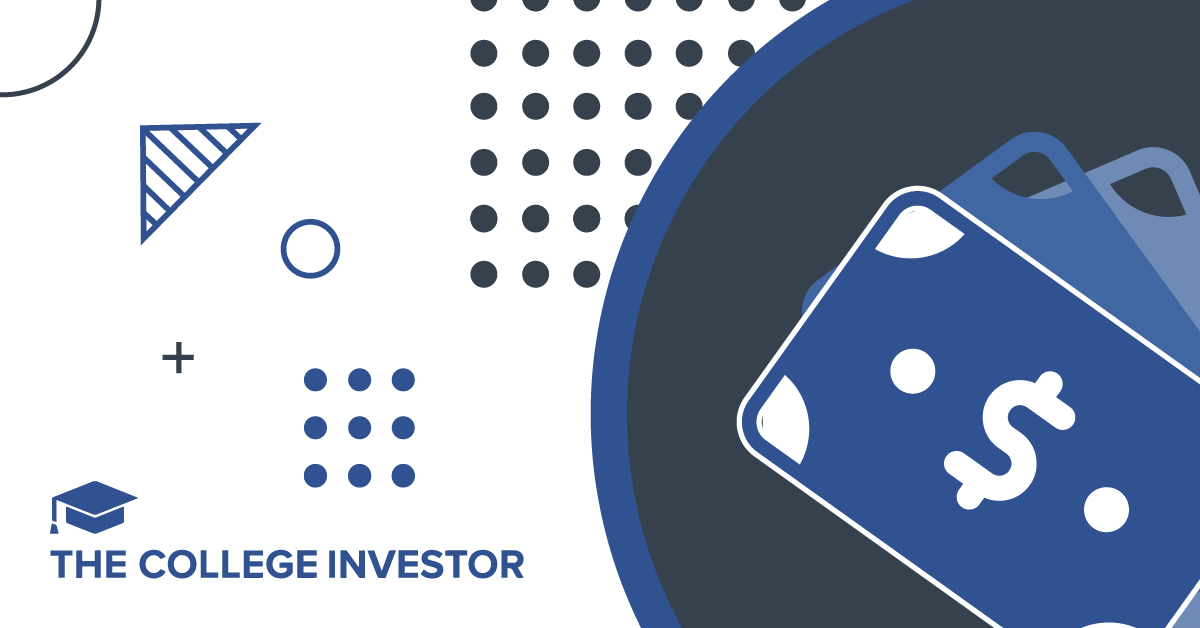Record Number Of Student Loan Borrowers Behind On Payments


Federal student loan borrowers are falling behind at a rapid pace, with repayment resuming and collection activity beginning. As of April 2025, a staggering 31% of borrowers with a payment due were at least 90 days late, according to new data from TransUnion. That’s the highest level of delinquency ever recorded and nearly triple the rate from just before the pandemic.
The numbers suggest growing financial stress among student loan borrowers. In February 2025, only 20.5% of borrowers were in this 90+ day delinquent category. By March, that number had jumped to 30.6%, and it ticked slightly higher again in April.
While the growth of borrowers being delinquent may be slowing, the damage has already been done for many. And collection activity is just starting to ramp up. So, if these borrowers end up falling even farther behind and into default, they could face more consequences.
Being 90 days past due is not the same as being in default, but the risk is real. Once a borrower hits 270 days past due, they’re classified as in default, and the federal government can initiate collection efforts. That includes wage garnishment and tax refund seizures.
TransUnion estimates that of the 5.8 million borrowers who were 90+ days delinquent in April, about 1.8 million are on track to default by July. Another one million could default in August, with up to two million more following in September.
Only 0.3% of federal student loan borrowers were officially in default as of April, but that figure is expected to balloon in the months ahead unless borrowers act quickly.
The financial consequences go beyond loan status. Borrowers who fall 90 days behind are seeing their credit scores drop by an average of 60 points, according to TransUnion’s data based on the VantageScore 4.0 model. The impact is even more severe for those who previously had strong credit. We’ve seen borrowers report 100 points or more credit score drops.
More than 20% of newly delinquent borrowers had been in the “prime” or “super prime” credit risk tiers before missing payments. After falling behind, nearly all dropped at least one tier, with many shifting into subprime status.
Borrowers are encouraged to monitor their credit with free credit monitoring tools to make sure they know their scores.
Borrowers at risk of default should contact their loan servicer as soon as possible. There are ways to stop delinquency and get out of default.
Federal programs like income-driven repayment (IDR) can help lower monthly payments based on income and family size. In some cases, borrowers may be eligible for $0 monthly payments.
Loan rehabilitation is another option for those already in default. This program allows borrowers to make a series of consecutive, affordable payments and restore their loans to good standing. But it can only be used once, and it’s important to act before more severe collection measures begin.
While it’s possible that delinquency levels could plateau, as April’s slight uptick suggests, the path forward is uncertain. The Department of Education’s collection efforts have resumed, but millions of borrowers remain behind on their payments.
If delinquency trends persist, the financial fallout could extend far beyond student loans. Falling credit scores may impact access to car loans, mortgages, and even employment opportunities in industries that rely on credit checks. Your student loans can even get you fired in some cases.
Whether the worst is behind u, or just beginning, may depend on how quickly struggling borrowers can access help and get back on track with their repayment plans.
Don’t Miss These Other Stories:

Industrial flex space has become a quiet favorite among sophisticated investors seeking durable income backed by real business demand. If...

Getting an inheritance is the epitome of a mixed blessing. You receive a financial windfall, but the cause is the...

During his tenure as the California Secretary of Health and Human Services, Mike Wilkening cemented his reputation as a steady...